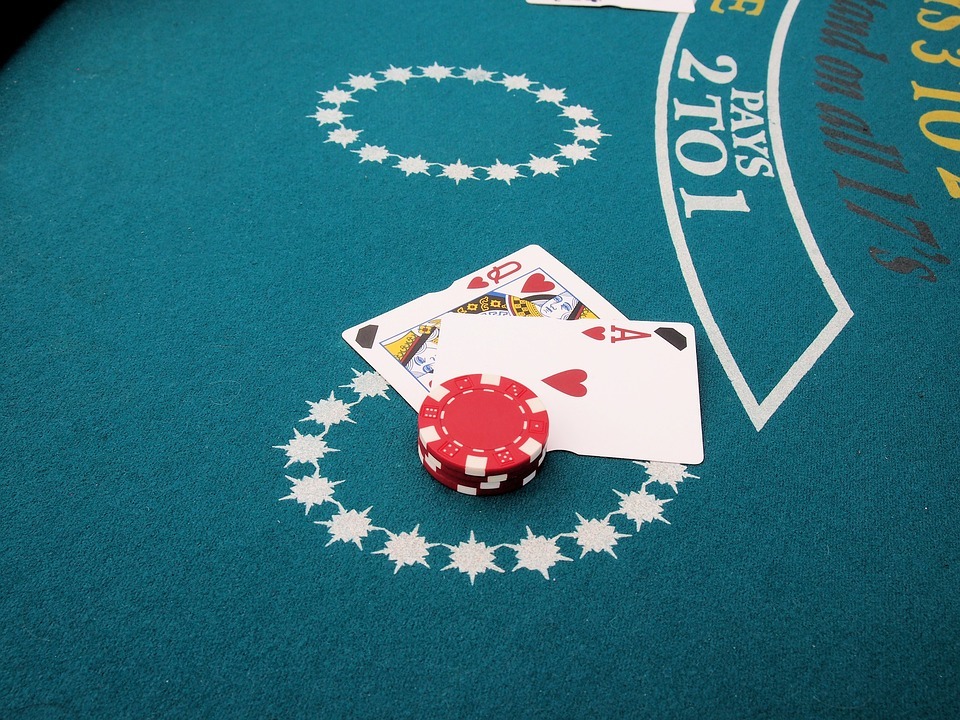Blackjack is one of the most popular card games in the world, with millions of players, both casual and professional, enjoying the game every year. It is thus interesting to note that the game has been around for centuries, with several tweaks and adaptations over the years to create the various versions we see today. We will now look at the history of blackjack, with a focus on its evolution in Canada.
There are several theories around the invention or beginning of blackjack. One of the most common ones is that the card game originated in the 18th century, in the courts of Louis XV, where it was known as Vingt-en-un or Vingt-un, which translates as ‘21’ and is still a commonly-used nickname for blackjack today. Interestingly, while there were some differences in terms of how the game was played back then, with only the dealer being allowed to double down, and bets being placed with every card dealt, it still had the same basic objective as the modern game of blackjack, that of getting as close to 21 as possible without going bust. This was probably the first proper version of blackjack, although there are accounts of card games where the objective was to reach a certain number for centuries earlier as well.
Blackjack came to the North American continent with the French colonists, while the game was legalised by 1820, with house banked games taking place in New Orleans by that time. In terms of Canada, it is intriguing to note that the game was initially not very popular, with craps and poker being preferred and blackjack thought of as an inferior game. This is a complete reversal from the modern scenario, where it is now possible to play live dealer blackjack online in Canada, while it is also one of the most popular card games at casinos all across the country. Nevertheless, to get people interested in playing the game back in the 19th century, casinos had to offer odds of ten-to-one. This got people to try the game, and once more and more people began to enjoy it, casinos were able to drop these bonuses, safe in the knowledge that they had the required customer base.
The development of modern blackjack was catalysed by the legalisation of gambling in the American state of Nevada in 1931. The Nevada Gaming Commission implemented the standard game rules as we know them today around this time, while the name ‘blackjack’ also stuck around and became popular instead of 21. The wave of gambling legalization that followed in the next couple of decades brought many players to Vegas, who eventually developed strategies and ways to play which are still seen today. In the 1950s, a man named Jess Marcum used the technique now known as ‘counting cards’ to try and beat the house. He was banned by multiple casinos upon being discovered.
In 1957, a book was written by four players, called ‘Playing Blackjack to Win’, which had a basic playing strategy for playing the game. Additionally, it also showed ways to reduce the house’s advantage, by counting cards and other techniques. However, the true birth of card counting came about with the release of ‘Beat The Dealer’, by Edward O’Thorp, in 1962. His new and innovative ten-count system brought a wave of new players to casinos to try their luck at beating the house. Card counting remains in use today, and while it is not illegal, most casinos do not allow it to be used and swiftly eject any players found to be counting cards while playing blackjack on their premises.
Blackjack has evolved over the years to become one of the most popular card games in the world today, with millions of players, and multiple ways to play the game available.
